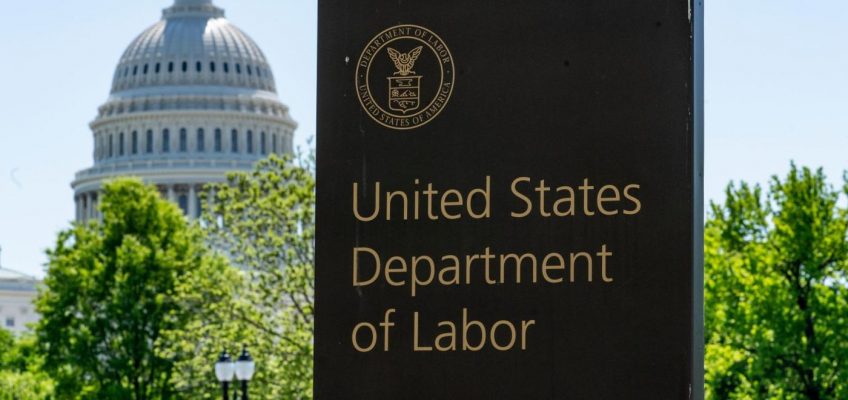By MATT OTT, Associated Press Business Writer
New U.S. jobless claim applications fell last week, remaining within the healthy range of recent years, according to the government’s first weekly layoffs data since before the government shut down on Oct. 1.
Related Articles
Verizon is cutting more than 13,000 jobs as it works to ‘reorient’ entire company
U.S. employers added surprisingly solid 119,000 jobs in September, government says in delayed report
Nvidia’s strong earnings boost US futures while markets await long-delayed September jobs report
Advocacy groups urge parents to avoid AI toys this holiday season
Today in History: November 20, Nuremberg trials begin
The number of Americans filing for unemployment benefits for the week ending Nov. 15 fell by 8,000 from the previous week to 220,000, the Labor Department reported Thursday.
Data for the weeks covering the government shutdown also remained in the same range of recent years, falling between 200,000 and 250,000.
Also Thursday, the Labor Department said in a separate report that U.S. employers added a surprisingly solid 119,000 jobs in September. The unemployment rate rose to 4.4%, the highest since October 2021, however that’s partly because 470,000 people entered the labor market.
The increase in September payrolls was more than double the 50,000 economists had forecast. But Labor Department revisions shaved 33,000 jobs off July and August payrolls.
The monthly jobs report — considered the most important market-moving data on the U.S. employment situation — had been delayed for seven weeks by the federal government shutdown.
During the 43-day shutdown, investors, businesses, policymakers and the Federal Reserve were without much of the figures they use to diagnose the health of the American job market because federal workers had been furloughed and couldn’t collect the data.
Thursday’s labor market reports come at a time of considerable uncertainty about the economy. The job market has been strained by the lingering effects of high interest rates and uncertainty around Trump’s erratic tariff policies, though economic growth at midyear was resilient.
Fed policymakers are divided over whether to cut interest rates for the third time this year when they meet in December for the final time this year.
Some major companies have announced job cuts this year, including Procter & Gamble, Dow, CNN, Starbucks, Southwest Airlines, Microsoft, Google and Facebook parent company Meta. Intel and The Walt Disney Co. also recently announced staff reductions, as have Verizon, General Motors,American Airlines and Amazon.
Thursday’s report on weekly layoffs showed that the four-week average of claims, which softens some of the week-to-week volatility, fell by 3,000 to 224,250.
The total number of Americans filing for jobless benefits for the week ending Nov. 8 jumped to 1.97 million, an increase of 28,000 from the previous week.




